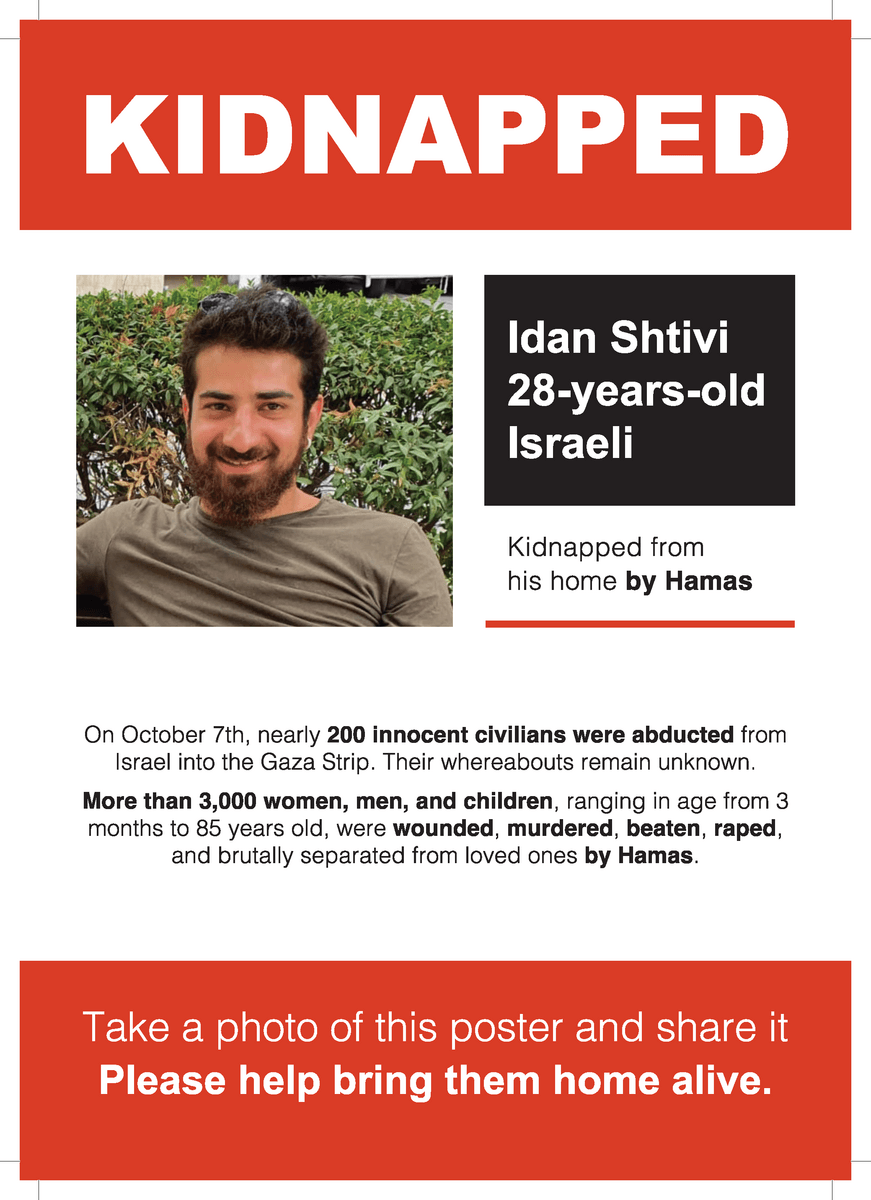On the night of 7th March, the Bhainsa town situated at the Nirmal district in Telangana witnessed communal riots when a biker from one community and a group of people from the another community engaged in a verbal fight. This is not the first time the town has experienced such riots; clashes between Hindus and Muslims were last reported in Jaunuary, 2020.
On the night of 7th March, communal riots between Hindus and Muslims wrecked havoc in the town of Bhainsa in the Nirmal district of Telangana. The clash began at around 8.30 in the night on Sunday when a Muslim biker had an argument with a group of Hindus in Zalfekar lane. The heated argument soon took the form of physical violence and people from both the communities took to pelt stones at each other.
Once the violence was unleashed near the Zulfiqar mosque, the police personnel rushed to the spot to gain control over the sensitive situation. Reportedly, a total of 10 people including media persons, civilians and policemen were injured; out of whom 3 were taken to the Nizamabad Hospital. A total of 2 houses and 9 vehicles, including an auto rickshaw were set on fire by the rioters.

After the police reached the area, section 144 of the CrPC and a strict curfew was imposed. The police managed to arrest 22 people who were found to be a part of the riots. Among the arrested individuals, there is 1 sitting AIMIM councilor who has been nabbed for attempt to murder and armed riots. The police have also registered 19 cases against the accused. In addition to this, they have also arrested 21 others belonging from both the communities for the riots on the 7th. They had also detained 28 more people who were suspected for arson and stone- pelting.

While the section 144 of the CrPC imposed with immediate effect, internet services were also suspended and remain so. On the 14th, the district collector announced a relaxation on the strict curfew for 4 hours- from 7 am to 11 am; and from the 15th, the relaxation was extended to 1 pm. The section 144 of the CrPC will remain in place till the 20th March. An additional force of 40 officers and 600 police personnel was also deployed on spot.
Meanwhile, BJP (Telangana) President Bandi Sanjay claimed that the government was favoring ‘one community’. He stated, “The TRS government, especially the Home Minister of Telangana Mahmood Ali, favours only one community. He speaks for his people and makes sure they do not get into trouble.”
Amid the riots, another flabbergasting incident took place at Mirzapur which is just 5 KM away from Bhainsa town and lies in the Bhainsa Mandal. On 10th March, an 18 year old Muslim boy, Muhammad Saddam, raped a 3.5 year old Hindu girl. This happened when the girl was all alone at her home and was playing in front of her residence while her parents were working in the fields and her grandmother was away. The accused was the neighbour of the victim.
As per reports, Muhammad Saddam had taken the girl to his house by deceit and when the neighbours heard the girl’s cries for help and reached the spot, he escaped. Later, the grandmother of the little girl noticed blood smears on the girl’s legs and informed her parents. They hurriedly took her to Nirmal for treatement wherein the doctors told them to lodge a police complaint. They went to the police station at Bhainsa for the same but the police told them to get the girl’s medical tests conducted back at Nirmal. After they managed to do so, they went back to the police station. But to their shock, the police told them to return to their village ‘quietly’, without making a fuss; justifying that the perpetrator being a Muslim will augment the ongoing communal tensions!

While the victim and her parents were returning to their village, the 3.5 year old felt severe pain and the family then visited the district BJP President Rama Devi who took her to Gandhi Hospital, Hyderabad for further treatment. With the involvement of politicians, the police personnel started feeling the heat and a case was registered against the accused later on. Then the DGP ordered the Women Security Wing (WSW) to supervise the investigation.
Just two days later, on the 12th of March, things took a murky turn. Rama Devi, the District BJP President who had helped the victim reach Hyderabad for medical treatment, received calls from a Pakistani phone number. She alleged that it was a threat call the caller claimed that there’s a plan in place to kill her! She had lodged a complaint with the cybercrime station at Hyderabad.
She also mentioned the fact that she was fighting the AIMIM party in Bhainsa over corruption in illegal layouts and constant communal riots.
In order to dig deeper into the facts of the matter, we turned to talk to a few locals and some individuals belonging to nearby areas. First, we talked to Nikhil Choudhary, a freelance journalist from Bhainsa, enquiring about the situation in the town. He said, “A mere verbal argument between people from the two communities took the form of violent physical clashes; this resulted in several individuals suffering serious injuries. Some vehicles and shops were also burnt by the rioters.”

He also mentioned, “Reportedly, rioters even burnt a police vehicle and the circumstances are grave in the Zalfekar and Korba lanes at Bhainsa. Around 100 suspects have been taken into custody by the police and they are engaged in looking out for more rioters on the basis of CCTV footages. Such communal riots are not new at Bhainsa, these are constant happenings in the town and every time, the police manage to handle the situation.”
Nikhil had also uploaded some ghastly visuals of the riots to his twitter handle.
Horrific and disturbing visuals of communal clashes are coming up from #Bhainsa of #Telangana, section 144 imposed.
Even in 2020, hundreds of Hindu houses were burnt to ashes after communal clashes. We are witnessing a repeat of January 2020 pogrom under watch of @TelanganaCMO pic.twitter.com/36vSURcDNn
— Nikhil Choudhary (@NikhilCh_) March 8, 2021
After this, we talked to a staffer of a hotel situated in Bhainsa itself, he divulged some important information and said, “Communal clashes in Bhainsa town are as regular as morning tea. Such riots have a long history of around 50 years now. Earlier, they took place at an interval of every 10- 11 years but now they have become a constant affair.”
He continued, “The Hindus and Muslims of the town live in separate areas and the situation seems to be like that of the partition between Hindustan and Pakistan. Even the smallest of argument between individuals of the two groups leads to violent clashes.”

When asked about the events which transpired on the 7th he said, “This was another petty incident. A Muslim boy rode his bike into the residence area of the Hindus and started enquiring about his lost goat. He insinuated that someone amongst the Hindus had stolen his goat. Also, the silencer of his bike was too loud. This grabbed the attention of the Hindus who were busy partying and they enquired as to why was the boy loitering around their ‘area’ and were offended because of his innuendos which blamed them of theft. This led to a verbal spat which soon took the form of riots when 50- 60 people from both the groups reached the spot with weapons and pelted stones at each other.”
Hinting towards the connivance of the AIMIM he further said, “The Muslims of the area do not fear the police. And due to constant tensions, all the households of both Hindus and Muslims have weapons like knives.”
Divulging further information about the political scenario in the town, he said, “The local AIMIM chairman Jabir Ahmed has complete control of the affairs. Also, there is a strong political polarization at the local level under which all Hindus are BJP supporters and all the Muslims espouse the AIMIM. There is also a tussle between Rama Devi and Jabir Ahmad over land plots. And for the AIMIM such riots are politically beneficial. The Hindus are weak here. The AIMIM has a stronghold over the area.”
Vinod Kumar, a college student from Anantapur, Andhra Pradesh said, “The main reason behind these riots is the AIMIM party backed by the TRS. Both parties tend to show ‘secular’ characteristics. Hindus were the victims.”
We will continue to look into the situation at Bhainsa and dig deeper into the matter by reaching out to other individuals who belong to the town or nearby areas.
































